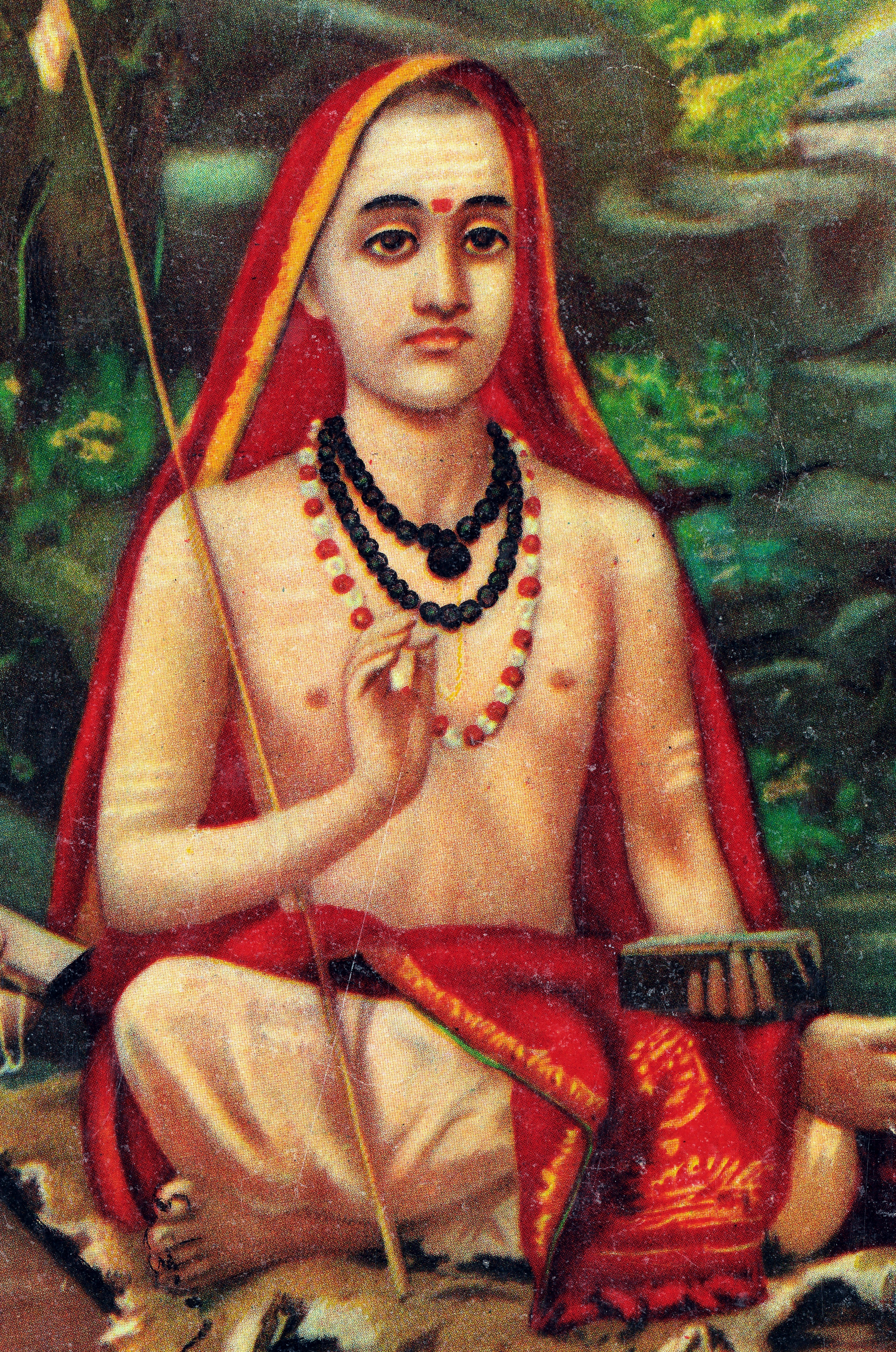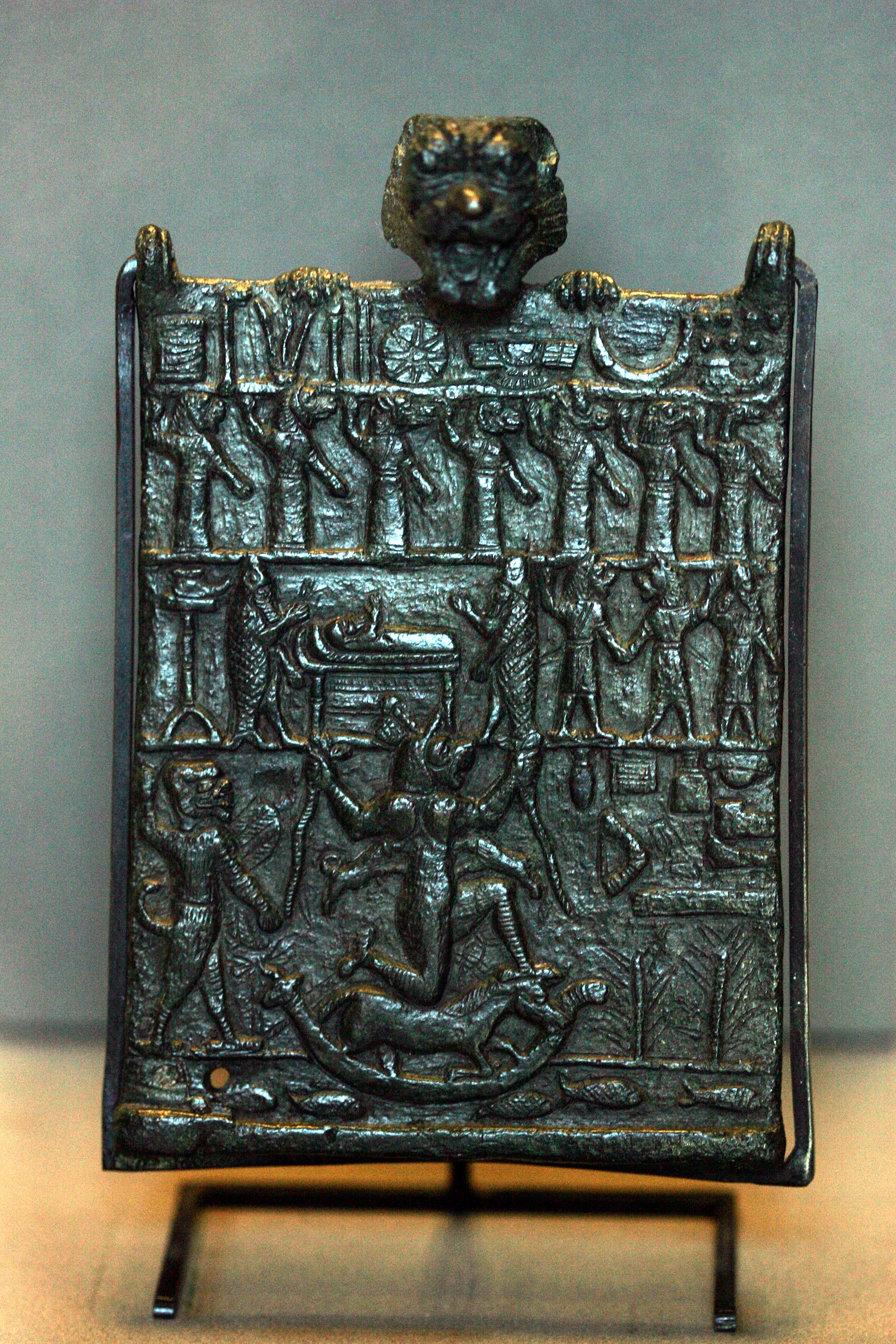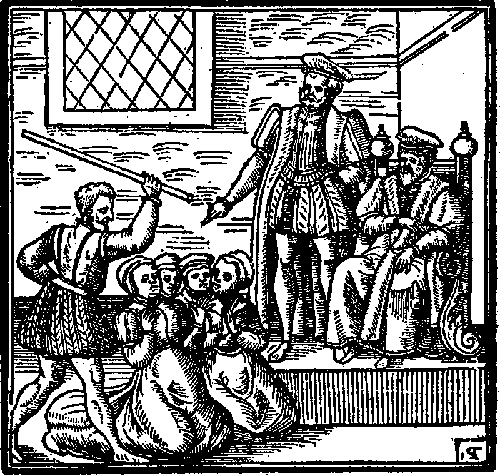|
De Præstigiis Demonum
''De praestigiis daemonum'', translated as ''On the Tricks of Demons'', is a book by medical doctor Johann Weyer, also known as Wier, first published in Basel in 1563. The book argues that witchcraft does not exist and that those who claim to practice it are suffering from delusions, which should be treated as mental illnesses, rather than punished as witchcraft.Stuart Clark, ''Thinking with demons: the idea of witchcraft in early modern Europe'' (Oxford University Press, 1999; ), pp198 - 202/ref> It was influential in the abolishment of witchcraft trials in the Netherlands. Synopsis Weyer disagreed with certain contemporaries about the justification of witch-hunting. Weyer believed that most, probably all, cases of alleged witchcraft resulted from delusions of the alleged witch, rather than actual, voluntary cooperation with spiritual evil. In brief, Weyer claimed that cases of alleged witchcraft were psychological rather than supernatural in origin. The book contains a famo ... [...More Info...] [...Related Items...] OR: [Wikipedia] [Google] [Baidu] |
Johannes Weyer
Johannes Wier ( or '; 1515 – 24 February 1588) was a Dutch physician who was among the first to publish a thorough treatise against the trials and persecution of people Witch trials in the early modern period, accused of witchcraft. His most influential work is ('On the Illusions of the Demons and on Spells and Poisons'; 1563). Biography Weyer was born in Grave, Netherlands, Grave, a small town in the Duchy of Brabant in the Habsburg Netherlands. He attended the Latin schools in 's-Hertogenbosch and Leuven and when he was about 14 years of age, he became a live-in student of Heinrich Cornelius Agrippa, in Antwerp. Agrippa had to leave Antwerp in 1532 and he and Weyer settled in Bonn, under the protection of prince-bishop Hermann von Wied (Agrippa completed a work on demons in 1533 and perished two years later while on a trip to France). From 1534, Weyer studied medicine in Paris and later in Orléans, but it appears unlikely that he obtained the title of Doctor (t ... [...More Info...] [...Related Items...] OR: [Wikipedia] [Google] [Baidu] |
Malleus Maleficarum
The ''Malleus Maleficarum'', usually translated as the ''Hammer of Witches'', is the best known treatise about witchcraft. It was written by the German Catholic Church, Catholic clergyman Heinrich Kramer (under his Latinisation of names, Latinized name ''Henricus Institor'') and first published in the German city of Speyer in 1486. Some describe it as the compendium of literature in demonology of the 15th century. Kramer presented his own views as the Roman Catholic Church's position. The book was condemned by top theologians of the Inquisition at the University of Cologne, Faculty of Cologne for recommending illegal procedures, and for being inconsistent with Roman Catholic doctrines of demonology. However, Kramer received praise for his work by Pope Innocent VIII in the papal bull Summis desiderantes affectibus. Kramer was never removed and even enjoyed considerable prestige thereafter. The ''Malleus'' calls sorcery Heresy in the Catholic Church, heresy, which was a crime at ... [...More Info...] [...Related Items...] OR: [Wikipedia] [Google] [Baidu] |
Philosophy Of Religion Literature
Philosophy ('love of wisdom' in Ancient Greek) is a systematic study of general and fundamental questions concerning topics like existence, reason, knowledge, value, mind, and language. It is a rational and critical inquiry that reflects on its methods and assumptions. Historically, many of the individual sciences, such as physics and psychology, formed part of philosophy. However, they are considered separate academic disciplines in the modern sense of the term. Influential traditions in the history of philosophy include Western, Arabic–Persian, Indian, and Chinese philosophy. Western philosophy originated in Ancient Greece and covers a wide area of philosophical subfields. A central topic in Arabic–Persian philosophy is the relation between reason and revelation. Indian philosophy combines the spiritual problem of how to reach enlightenment with the exploration of the nature of reality and the ways of arriving at knowledge. Chinese philosophy focuses principally on ... [...More Info...] [...Related Items...] OR: [Wikipedia] [Google] [Baidu] |
Philosophy Of Science Literature
Philosophy ('love of wisdom' in Ancient Greek) is a systematic study of general and fundamental questions concerning topics like existence, reason, knowledge, Value (ethics and social sciences), value, mind, and language. It is a rational and critical inquiry that reflects on its methods and assumptions. Historically, many of the individual sciences, such as physics and psychology, formed part of philosophy. However, they are considered separate academic disciplines in the modern sense of the term. Influential traditions in the history of philosophy include Western philosophy, Western, Islamic philosophy, Arabic–Persian, Indian philosophy, Indian, and Chinese philosophy. Western philosophy originated in Ancient Greece and covers a wide area of philosophical subfields. A central topic in Arabic–Persian philosophy is the relation between reason and revelation. Indian philosophy combines the Spirituality, spiritual problem of how to reach Enlightenment in Buddhism, enlighten ... [...More Info...] [...Related Items...] OR: [Wikipedia] [Google] [Baidu] |
History Of Magic
The history of magic extends from the earliest literate cultures, who relied on charms, divination and spells to interpret and influence the forces of nature. Even societies without written language left crafted artifacts, cave art and monuments that have been interpreted as having magical purpose. Magic and what would later be called science were often practiced together, with the notable examples of astrology and alchemy, before the Scientific Revolution of the late European Renaissance moved to separate science from magic on the basis of repeatable observation. Despite this loss of prestige, the use of magic has continued both in its traditional role, and among modern occultists who seek to adapt it for a scientific world. Ancient practitioners Mesopotamia Magic was invoked in many kinds of rituals and medical formulae, and to counteract evil omens. Defensive or legitimate magic in Mesopotamia (''asiputu'' or ''masmassutu'' in the Akkadian language) were incantations and ... [...More Info...] [...Related Items...] OR: [Wikipedia] [Google] [Baidu] |
Witchcraft Treatises
Witchcraft is the use of Magic (supernatural), magic by a person called a witch. Traditionally, "witchcraft" means the use of magic to inflict supernatural harm or misfortune on others, and this remains the most common and widespread meaning. According to ''Encyclopedia Britannica'', "Witchcraft thus defined exists more in the imagination", but it "has constituted for many cultures a viable explanation of evil in the world". The belief in witches has been found throughout history in a great number of societies worldwide. Most of these societies have used Apotropaic magic, protective magic or counter-magic against witchcraft, and have shunned, banished, imprisoned, physically punished or killed alleged witches. Anthropologists use the term "witchcraft" for similar beliefs about harmful occult practices in different cultures, and these societies often use the term when speaking in English. Belief in witchcraft as malevolent magic is attested from #Ancient Mesopotamian religion ... [...More Info...] [...Related Items...] OR: [Wikipedia] [Google] [Baidu] |
Witch Hunter Manuals
Witchcraft is the use of magic by a person called a witch. Traditionally, "witchcraft" means the use of magic to inflict supernatural harm or misfortune on others, and this remains the most common and widespread meaning. According to ''Encyclopedia Britannica'', "Witchcraft thus defined exists more in the imagination", but it "has constituted for many cultures a viable explanation of evil in the world". The belief in witches has been found throughout history in a great number of societies worldwide. Most of these societies have used protective magic or counter-magic against witchcraft, and have shunned, banished, imprisoned, physically punished or killed alleged witches. Anthropologists use the term "witchcraft" for similar beliefs about harmful occult practices in different cultures, and these societies often use the term when speaking in English. Belief in witchcraft as malevolent magic is attested from ancient Mesopotamia, and in Europe, belief in witches traces back ... [...More Info...] [...Related Items...] OR: [Wikipedia] [Google] [Baidu] |
16th-century Books In Latin
The 16th century began with the Julian calendar, Julian year 1501 (represented by the Roman numerals MDI) and ended with either the Julian or the Gregorian calendar, Gregorian year 1600 (MDC), depending on the reckoning used (the Gregorian calendar introduced a lapse of 10 days in October 1582). The Renaissance in Italy and Europe saw the emergence of important artists, authors and scientists, and led to the foundation of important subjects which include accounting and political science. Copernicus proposed the Copernican heliocentrism, heliocentric universe, which was met with strong resistance, and Tycho Brahe refuted the theory of celestial spheres through observational measurement of the SN 1572, 1572 appearance of a Milky Way supernova. These events directly challenged the long-held notion of an immutable universe supported by Ptolemy and Aristotle, and led to major revolutions in astronomy and science. Galileo Galilei became a champion of the new sciences, invented the first ... [...More Info...] [...Related Items...] OR: [Wikipedia] [Google] [Baidu] |
1563 Books
Year 1563 ( MDLXIII) was a common year starting on Friday of the Julian calendar. Events January–March * January 2 (January 2, 1562 O.S., January 11, 1563 N.S.) – The convocation of bishops and clerics of the Church of England is opened at St Paul's Cathedral in London by the Dean of the Arches, Robert Weston to agree upon the wording of what will become the Thirty-nine Articles, with the assembly adopting all but three of the Forty-two Articles promulgated during the reign of King Edward VI in 1553. The conference lasts for three months before agreeing upon the Articles to be submitted for further modification. * January 25 – In Italy, Instituto Bancario San Paolo di Torino, a constituent of the major financial group Sanpaolo IMI, is founded. * February 1 – Sarsa Dengel succeeds his father Menas as Emperor of Ethiopia at age 14. * February 18 – Francis, Duke of Guise, is assassinated while besieging Orléans by Jean de Poltrot. * March 1 ... [...More Info...] [...Related Items...] OR: [Wikipedia] [Google] [Baidu] |
Books About Magic
A book is a structured presentation of recorded information, primarily verbal and graphical, through a medium. Originally physical, electronic books and audiobooks are now existent. Physical books are objects that contain printed material, mostly of writing and images. Modern books are typically composed of many pages bound together and protected by a cover, what is known as the ''codex'' format; older formats include the scroll and the tablet. As a conceptual object, a ''book'' often refers to a written work of substantial length by one or more authors, which may also be distributed digitally as an electronic book (ebook). These kinds of works can be broadly classified into fiction (containing invented content, often narratives) and non-fiction (containing content intended as factual truth). But a physical book may not contain a written work: for example, it may contain ''only'' drawings, engravings, photographs, sheet music, puzzles, or removable content like paper dolls ... [...More Info...] [...Related Items...] OR: [Wikipedia] [Google] [Baidu] |
Daemonologie
''Daemonologie''—in full ''Dæmonologie, In Forme of a Dialogue, Divided into three Books: By the High and Mightie Prince, James &c.''—was first published in 1597 by King James VI of Scotland (later also James I of England) as a philosophical dissertation on contemporary necromancy and the historical relationships between the various methods of divination used from ancient black magic. It was reprinted again in 1603 when James took the throne of England. The widespread consensus is that King James wrote ''Daemonologie'' in response to sceptical publications such as Reginald Scot's '' The Discoverie of Witchcraft.'' ''Daemonologie'' included a study of demonology and the methods demons used to bother troubled men. The book endorses the practice of witch hunting. This book is believed to be one of the main sources used by William Shakespeare in the production of ''Macbeth''. Shakespeare attributed many quotes and rituals found within the book directly to the Weird Sist ... [...More Info...] [...Related Items...] OR: [Wikipedia] [Google] [Baidu] |








